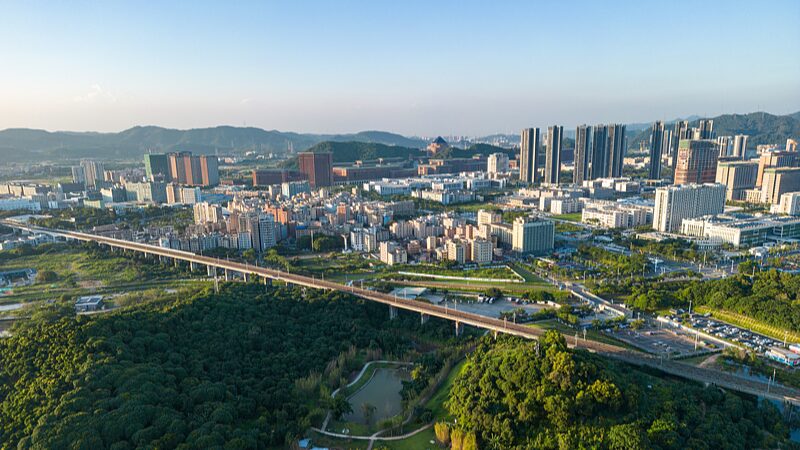Imagine cities not just sprawling outward, but digging downward—building entire ecosystems beneath your feet. 🏙️ That’s the reality in China, where rapid urbanization has sparked a ‘subterranean race’ to solve overcrowding, traffic jams, and climate threats. Let’s explore how mega-tunnels, robotic garages, and smart logistics are reshaping urban life!
The Underground Boom: From Parking to Climate Defense
In Xi’an, the $3.3 billion Happiness Forest Belt Project—the world’s largest underground space initiative—has transformed 920,000 sqm into a labyrinth of transport hubs and green spaces. Meanwhile, Hangzhou’s 19-story Miduqiao automated garage crams 112 cars into a 150-sqm footprint, freeing up 80% more land. 🚗💡 Cities like Wuhan are even fighting floods with the 17.5-km Dadonghu Deep Tunnel, a wastewater highway buried 60 meters underground.
Tech Challenges: Digging Deeper, Building Smarter
But China’s underground push isn’t all smooth drilling. Construction giants like China State Construction are inventing Shaft Excavation Cutting Machines (SECM) to dig 100-meter-deep shafts—think of it as a ‘metro for utilities’ 🛠️. Still, experts warn about safety risks in enclosed spaces and legal gaps in underground property rights. Cities like Beijing and Shanghai are now drafting laws to attract private investment and streamline ownership rules.
Why This Matters for Urban Futures
Underground spaces aren’t just concrete mazes. They’re lifelines for reducing carbon footprints, easing traffic, and protecting cities from extreme weather. With 10,000+ km of urban rail lines already snaking below China’s cities, the message is clear: The future of urban living isn’t just up—it’s down. 🌍✨
Reference(s):
Exploring diverse and composite utilization of underground space
cgtn.com





